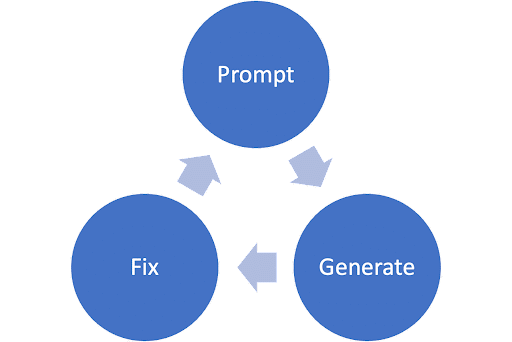What AI holds for our future is in equal parts incredibly exciting, beautiful, empowering, yet also terrifying and deeply concerning.
While our ‘New Beings’ set of articles has been focussed on accelerating the processes around software development, much of the progress in AI is geared towards achieving the ultimate goal of achieving AGI, or Artificial General Intelligence.
Nobody actually wants to own up to that, and yet they build bigger and bigger models just to see what they can do. I believe we are a very long way from AGI, but not far away from things which appear close to having achieved it – and that might just be sufficient for what we need!
Where did we end up?
This article series has dug deep into a range of different tools and libraries. In some cases, exploring the capabilities of chat-based interfaces. In others, looking at IDE plugins and toolkits which integrate more deeply with the coding workflow.
As is to be expected at these early stages, the results are mixed.
What is clear, however, is that things are moving rapidly in one direction. In the short term, very repetitive, predictable tasks become easy to hand-off to AI. In the near term, more complex analysis of code, and generative development become possible – especially in the hands of an expert developer with skills in prompt engineering and output correction. In the long term, we predict a very significant evolution in the capabilities of IDEs.
The near future will see us operating more in a prompt-based development cycle, based around the ‘prompt -> generate -> fix’ loop (see image), whereby an expert developer provides suitable prompts, most likely via a chat interface for now, then receives generated source code from the AI and responds by fixing any issues, or re-prompting to elicit the correct output from the AI. It’s slightly clumsy and, as we have seen, not without its pitfalls. However there are situations where it can be useful. It’s definitely not to be ignored.

In the long term, we predict huge leaps in the tooling to make the ‘prompt -> generate -> fix’ loop much shorter. We also hope to see tools reaching further into the software development lifecycle – perhaps proposing test cases based on user story requirements, or even understanding requirements and acceptance criteria. Whatever the wild claims made by a small number of early stage companies, these capabilities are simply not there at present.
Our working group
The ‘New Beings’ working group at Zenitech will continue in a revised formation in order to ensure that we remain on the leading edge of these developments. We always seek to empower our clients through enablement and partnership, so will advise on these developments as they progress.
If it’s business processes you are seeking to develop, you might need to slow down (initially) in order to speed up.
Thousands of companies are on the lurch-forward phase of the Gartner Hype Cycle, but they’re failing to understand what the basics are which should be fixed first. It is not easy to become an AI company if you aren’t already a data company.
Even if you want to deploy your own ring-fenced chatbot experience based on company knowledge, you first have to corral that knowledge into a place from which a model can be built and then trained. It’s not enough to just understand your company’s information and to provide good answers, you also need a model which can understand the questions being asked of it.
Where does that information live in your business today?
Watch this space and the Zenitech team will continue to have an impact by asking these questions and pushing the boundaries of this rapidly evolving technology.
If you’re interested in learning more about our exploration of AI for development, see our previous articles in the ‘New Beings’ series.





